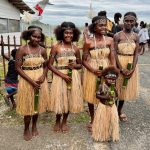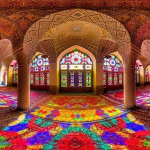While traveling to Sikkim is a highlight in itself, probably the real treat of any journey here is visiting Lake Tsomgo, one of the highest mountain lakes in the world and as it would turn out quite an amazing place.
And while visiting here is not all that easy, it is well worth the potholed roads, as well as the many many army checkpoints.
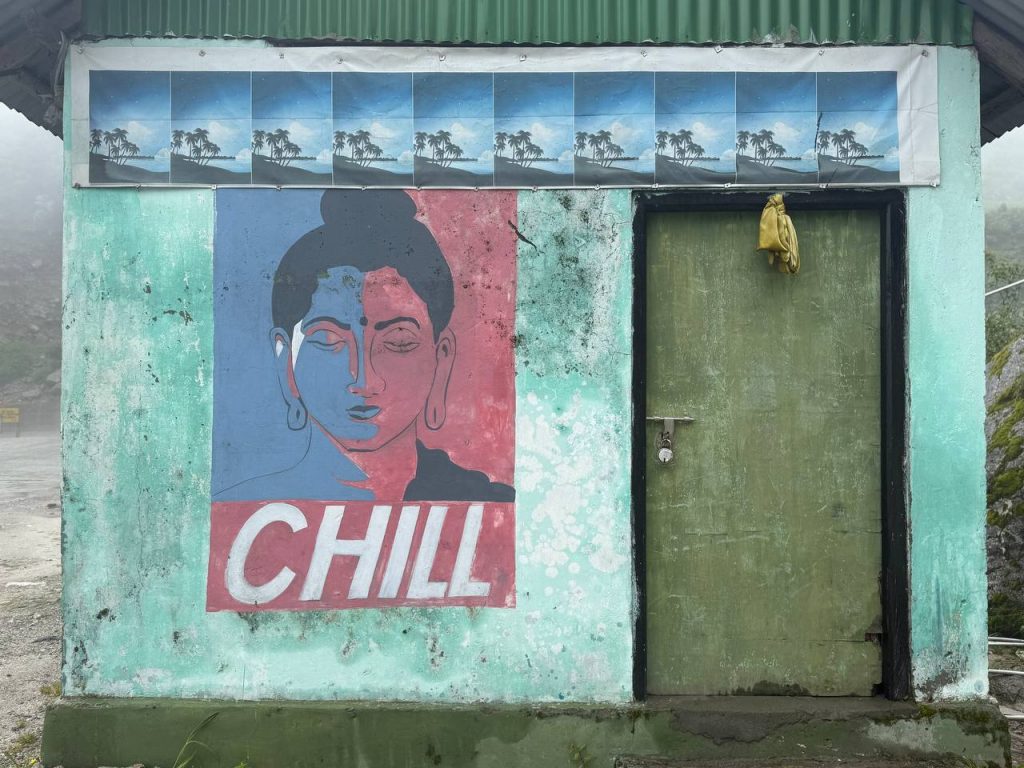
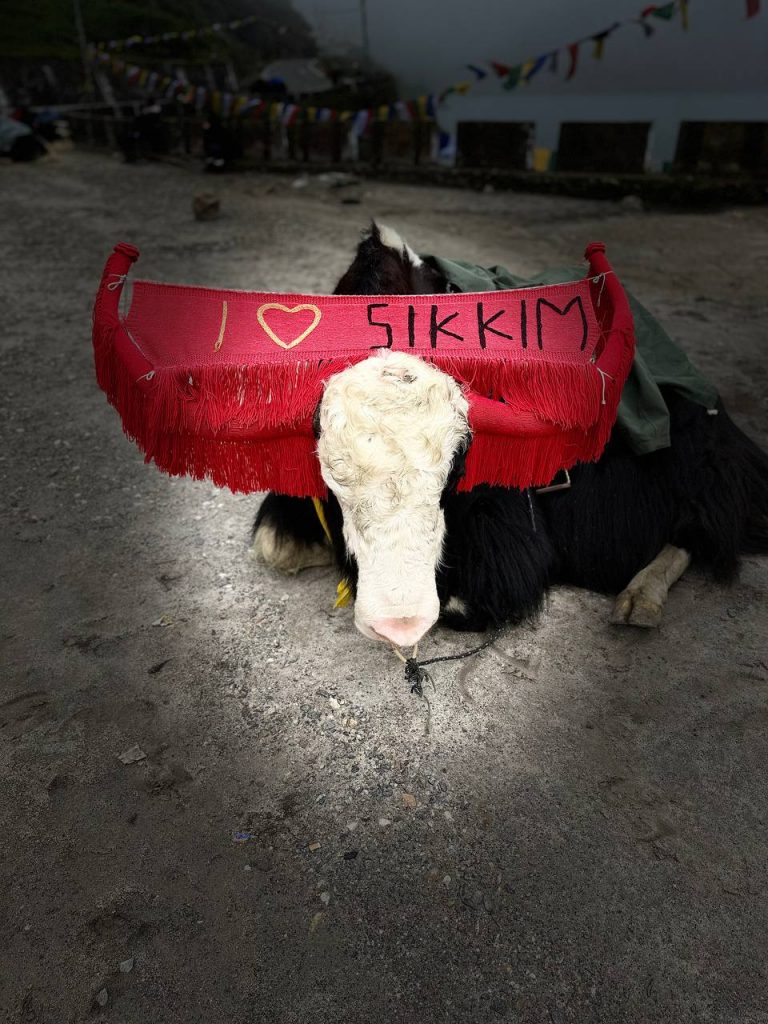
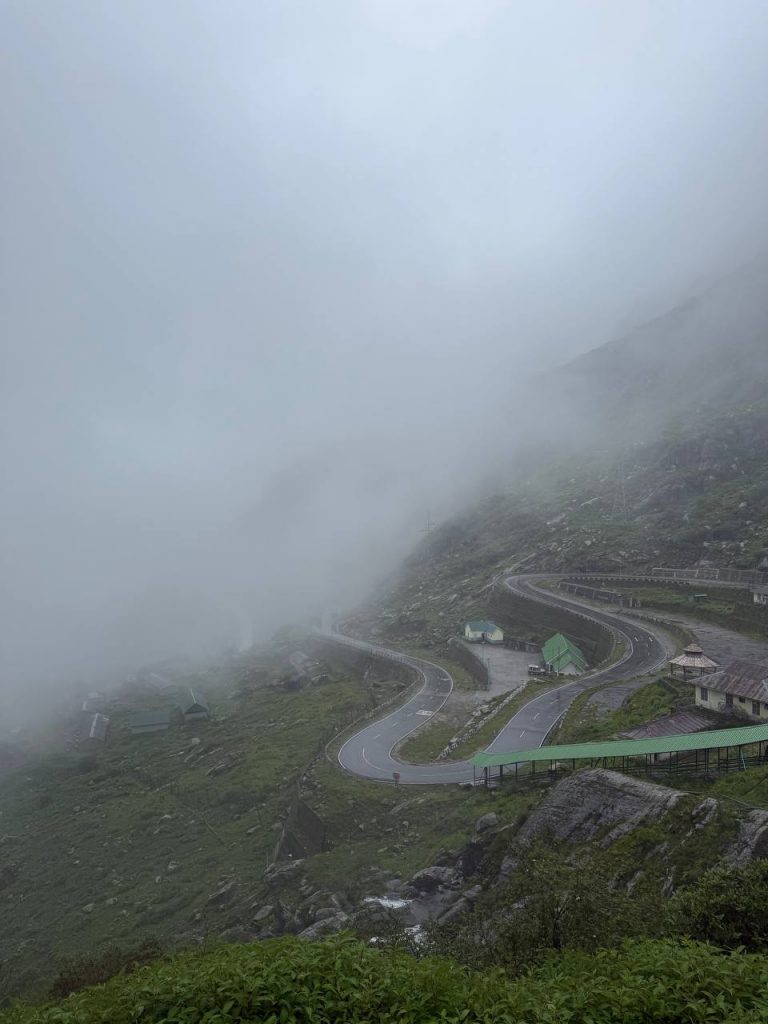
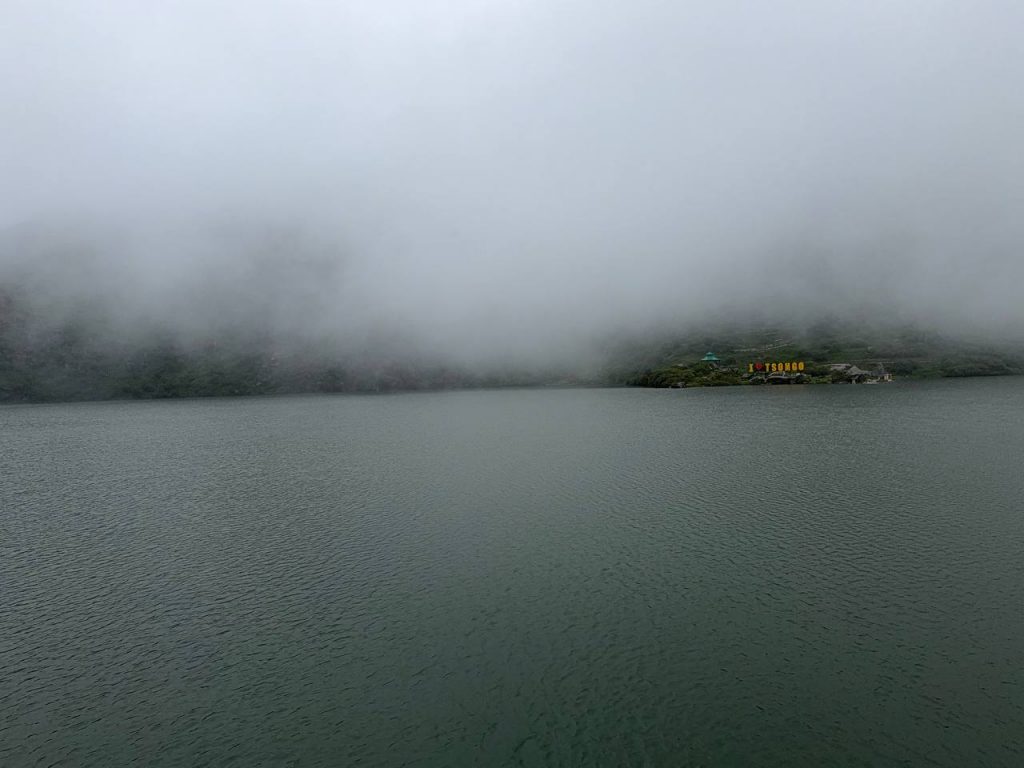

What is Lake Tsomgo?
Lake Tsomgo, also sometimes called Changu Lake, is located around 40 km from Gangtok and sits at an altitude of 3,753 metres (12,313 feet) above sea level. The name Tsomgo means “source of the lake” in Bhutia and it holds a deeply sacred place in local Sikkimese culture. Monks used to study the lake’s changing colours to predict the future, and even today it’s a pilgrimage site during specific religious festivals. The lake itself is glacial, fed by the melting snow from the surrounding mountains, and forms a natural bowl surrounded by rocky slopes and seasonal snow.
The area around the lake is also of huge military importance to India, being just 20 km or so from the Chinese border. This means not only are there checkpoints, but you’ll often see convoys of Indian army trucks, personnel carriers and camouflaged bunkers perched along the road. There’s an entire army base just before the lake, and while photography is technically banned, no one really cares unless you get too obvious about it. Locals also come here on pilgrimage, while a few hardy traders sell tea, snacks and sometimes rideable yaks.
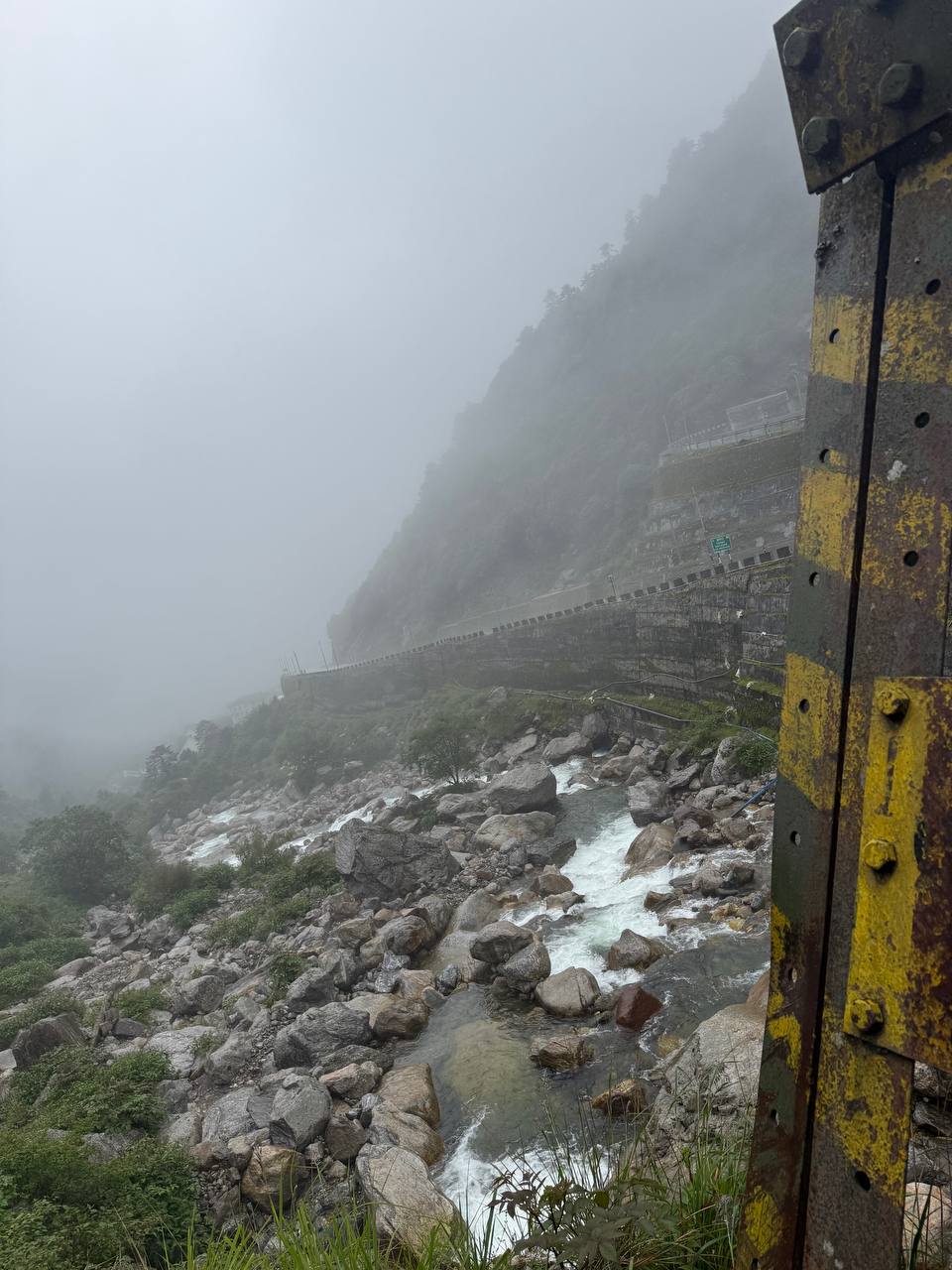

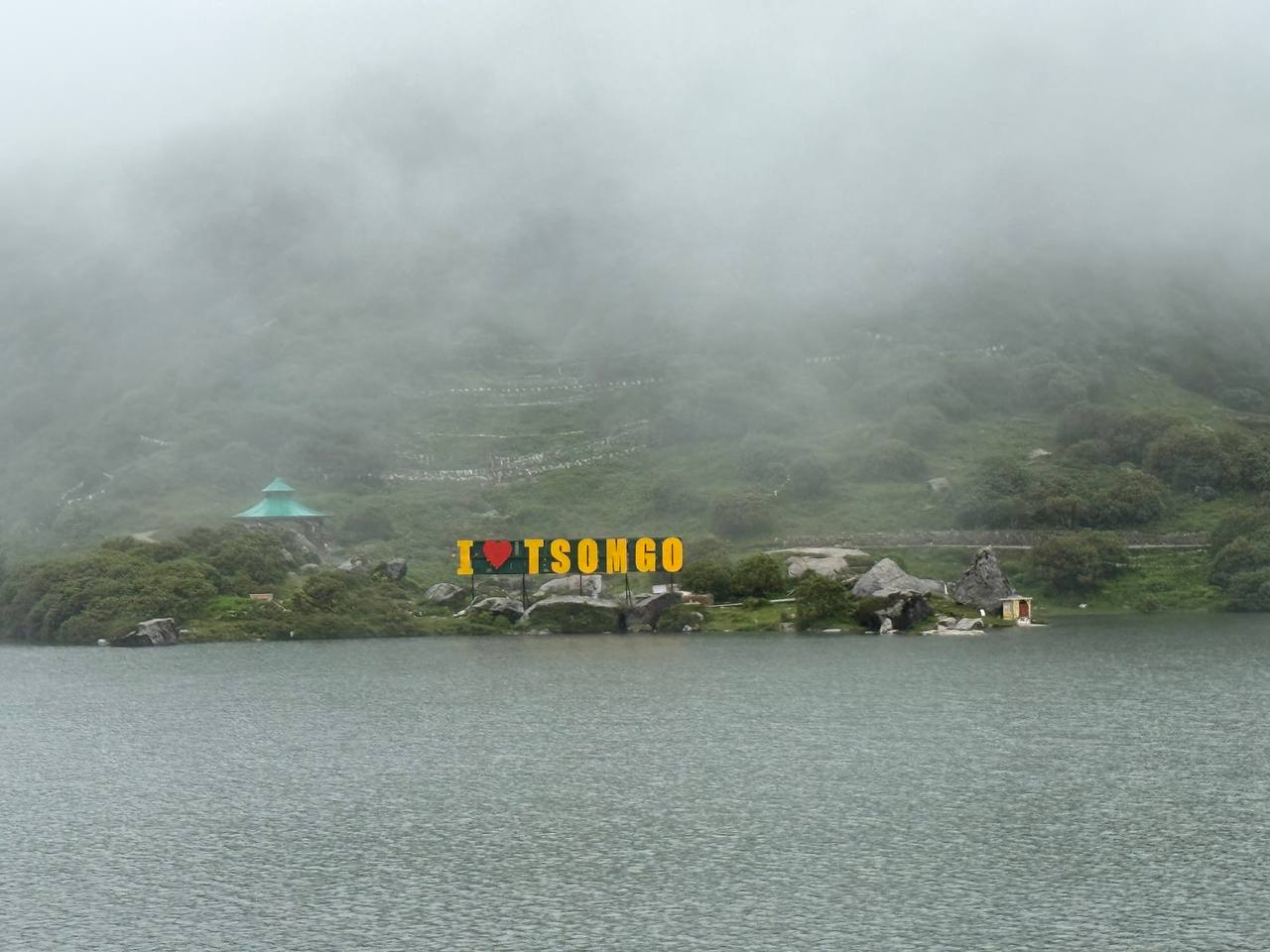

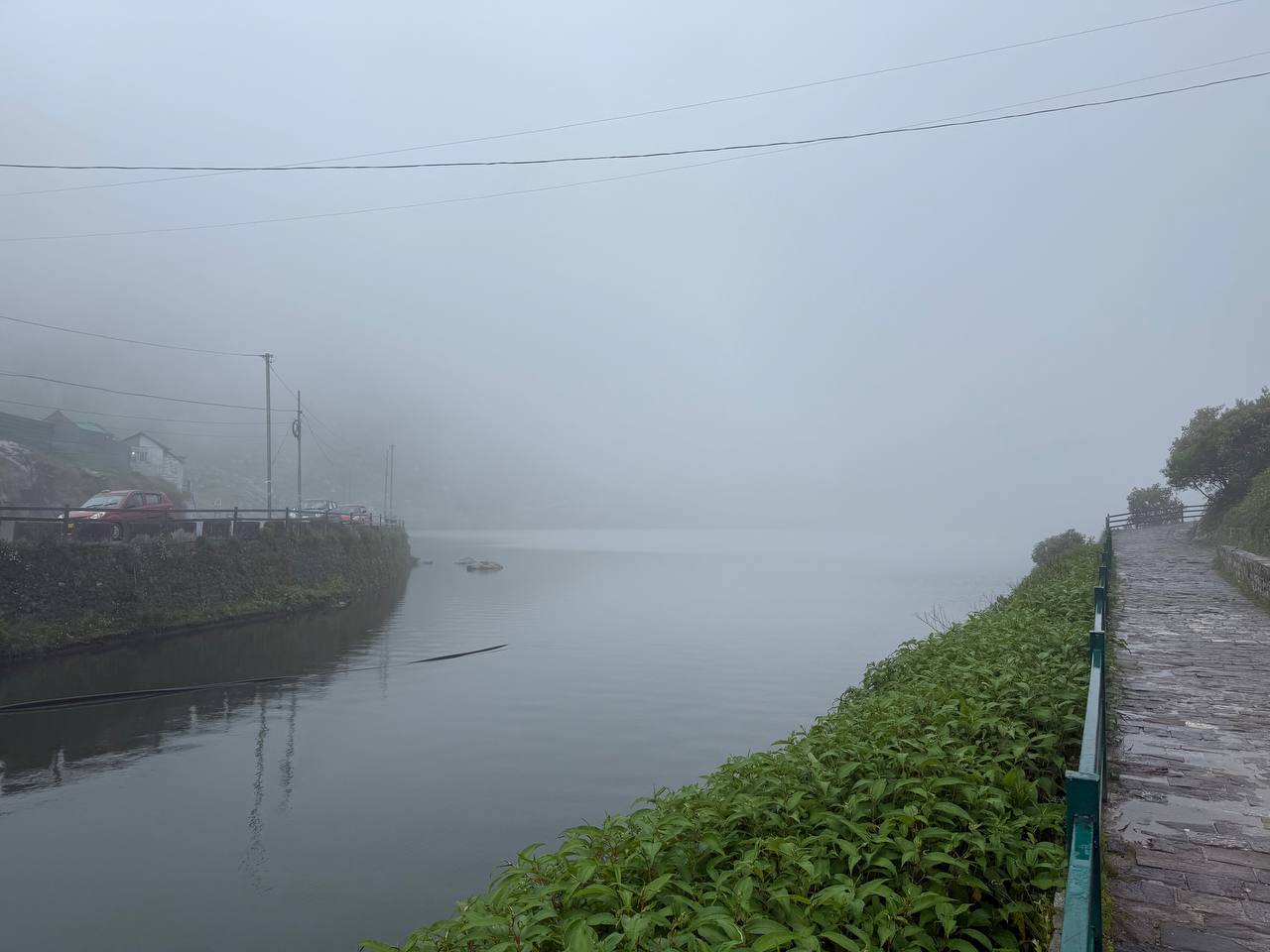

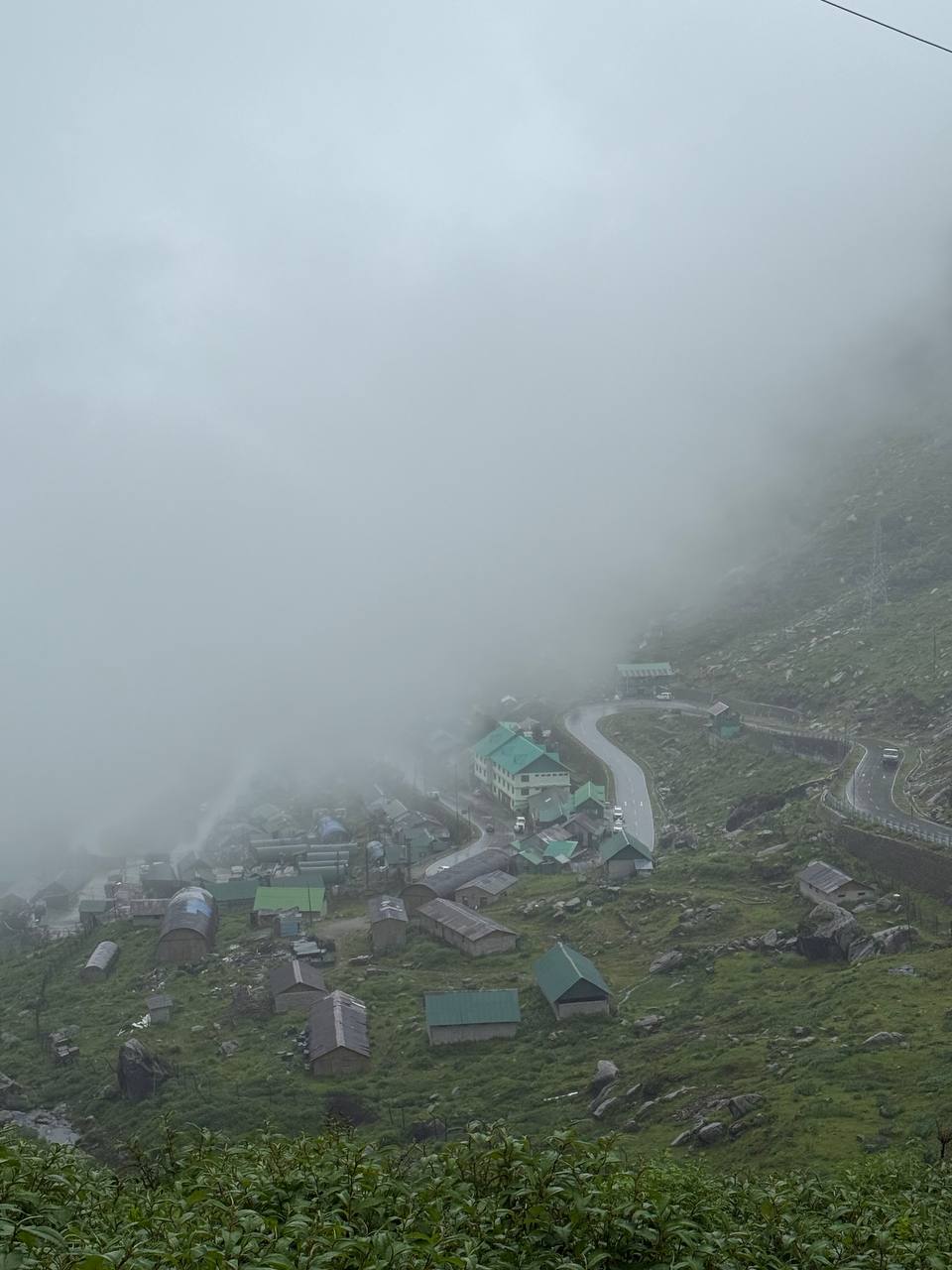

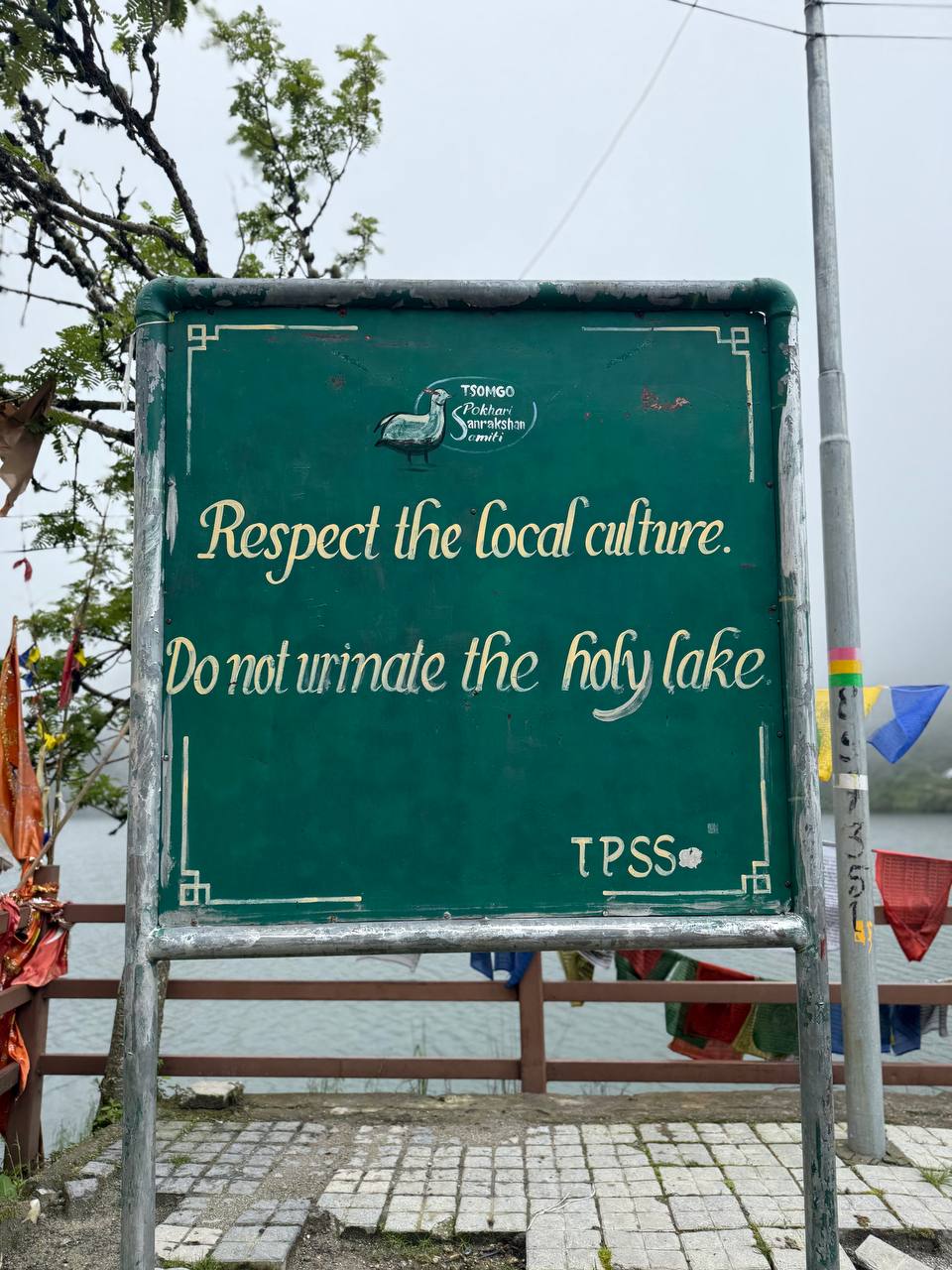

The Journey
According to Google Maps, traveling from Gangtok to Lake Tsomgo only takes an hour and 30 minutes. The reality though is that traffic out of the city, potholes and checkpoints make it closer to 2+ hours.
It is though really one of those places that is all about the journey rather as much as the destination itself. For context Gangtok the capital is 1,650 metres (5,413 feet) above sea level, while Lake Tsomgo is 3,750+ (12,303 feet). This means that you really do go not just pretty high, but at many times actually far above the clouds.
We personally took the opportunity to stop and take a lot of photos, such as of bridges and the many prayer and funeral flags that litter the journey spectacularly.
There are a ton of military installations for India too which are very cool to look at, but of course you should not really take photos of. And then you are at the top, with me at least really feeling the lack of oxygen (one less cigarette maybe). I did though acclimatize pretty quickly, without the need for canned air – AKA snake oil.
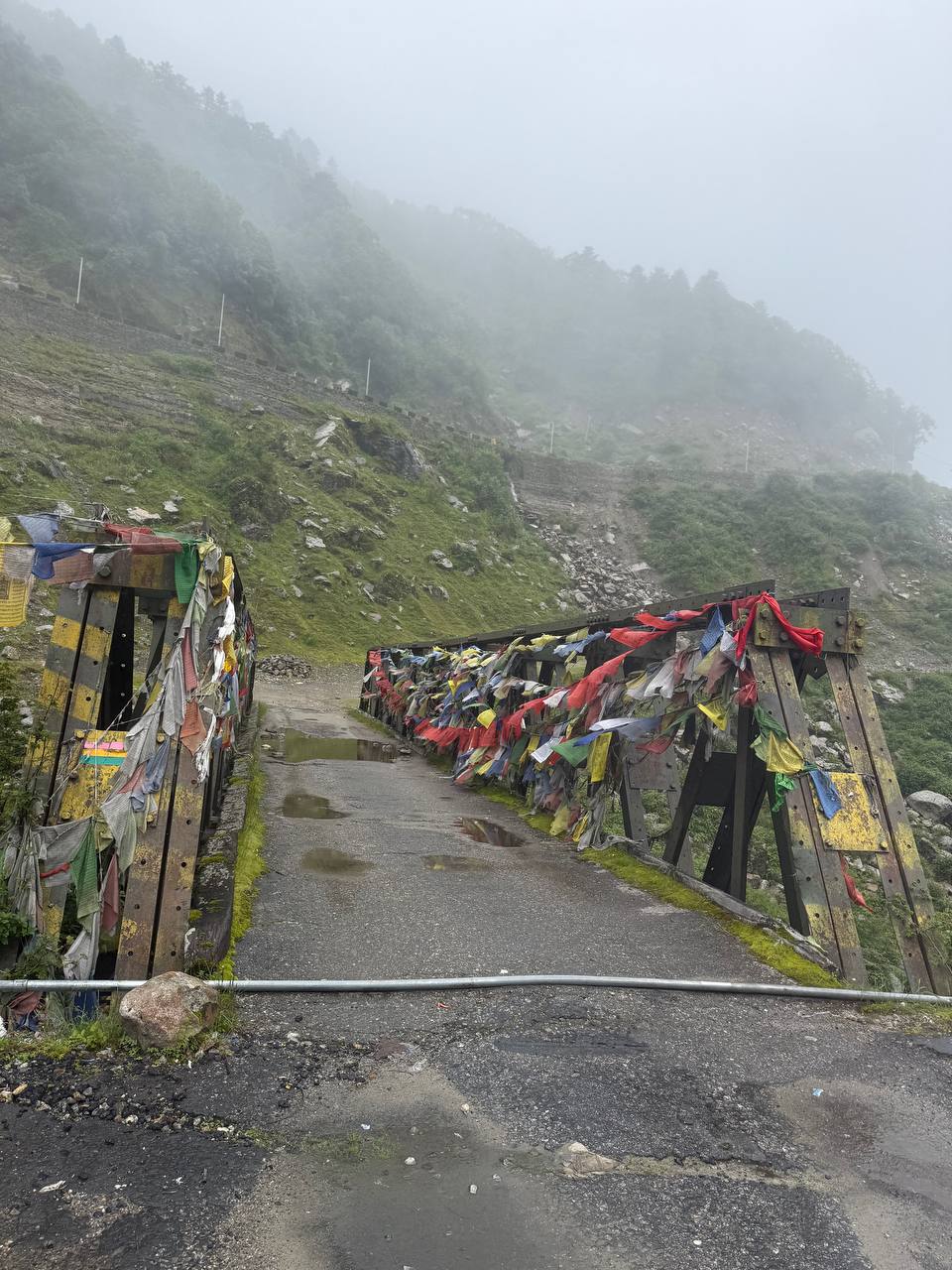




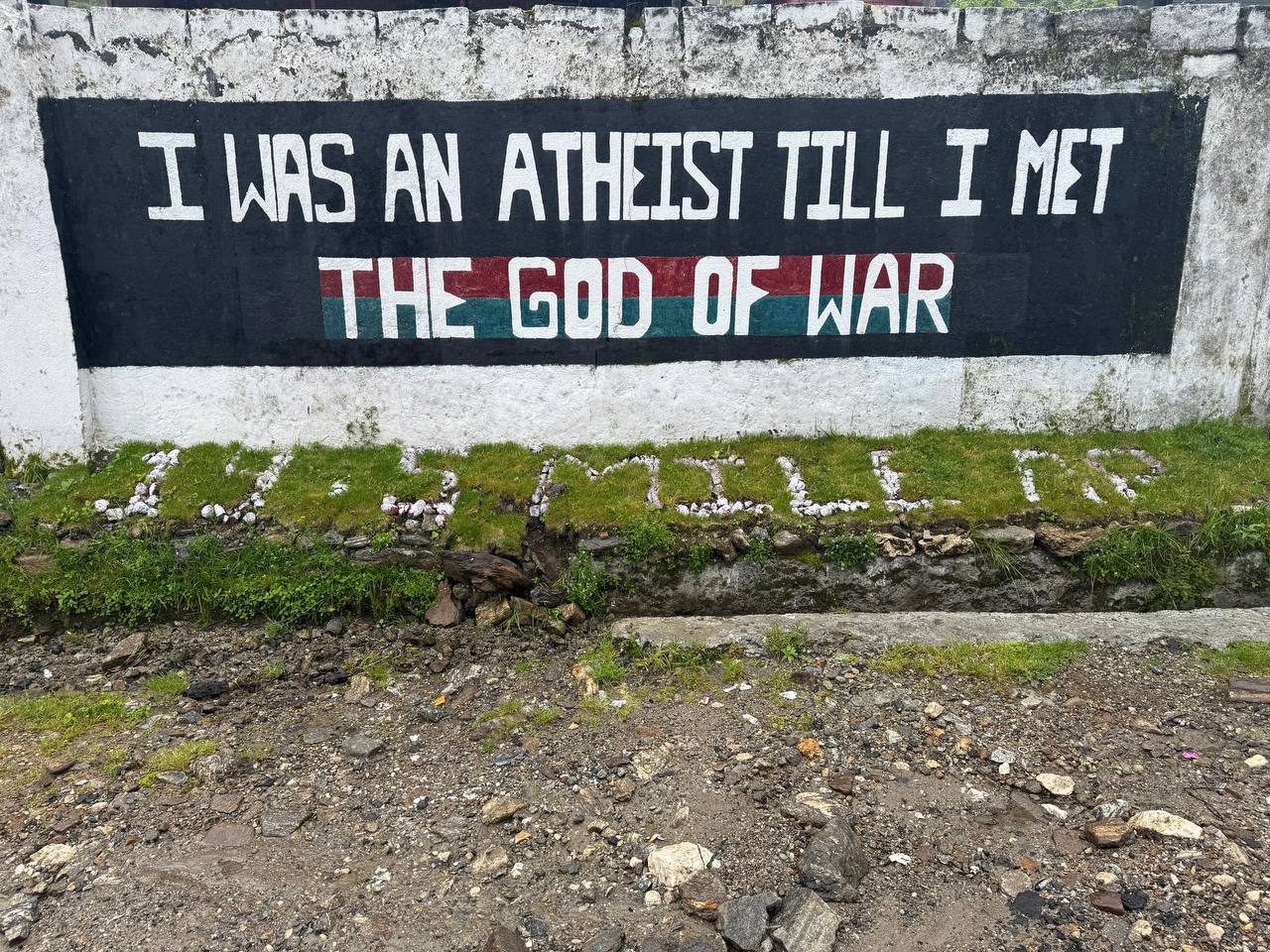

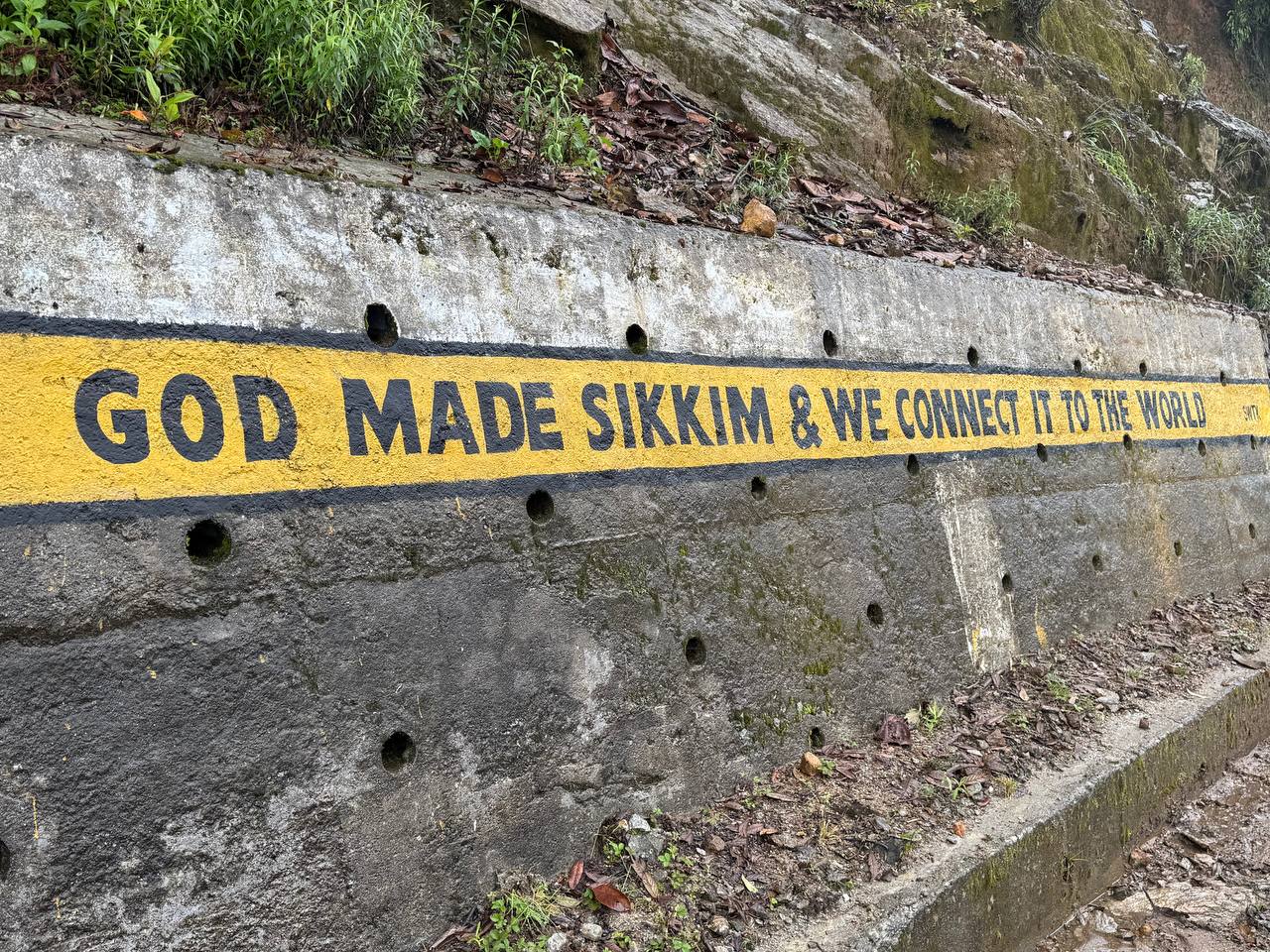

What is there to do at Lake Tsomgo
So, what exactly is there to do once you get up here? Honestly more than you might expect. First up is the obvious one, walking around the lake. It’s cold, it’s remote, and it really does feel like you’re standing on the edge of the world. The lake changes colour throughout the year, from frozen white in winter to deep turquoise in the summer. Locals believe it reflects spiritual energy and during certain festivals you’ll see offerings left at the shoreline.
Then there’s the yak rides. Touristy? Yes. Worth it? Also yes. You get to sit on a hairy beast and be led around the edge of a glacial lake with mountains in the background. Why wouldn’t you?
But the biggest surprise and arguably the most fun is the Lake Tsomgo cable car. It’s short, steep, and completely insane. It takes you even higher above the lake, offering crazy views of the valley, snowfields and all the way down the winding road you just came up. At this point you’re way above 4,000 metres and really feeling it. There’s also a small hilltop temple near the upper cable car station which makes for a good wander if your lungs can handle it.
Souvenir stalls and tea sellers also pop up depending on the season. Expect yak wool gloves, questionable North Face knockoffs and plastic snow globes.


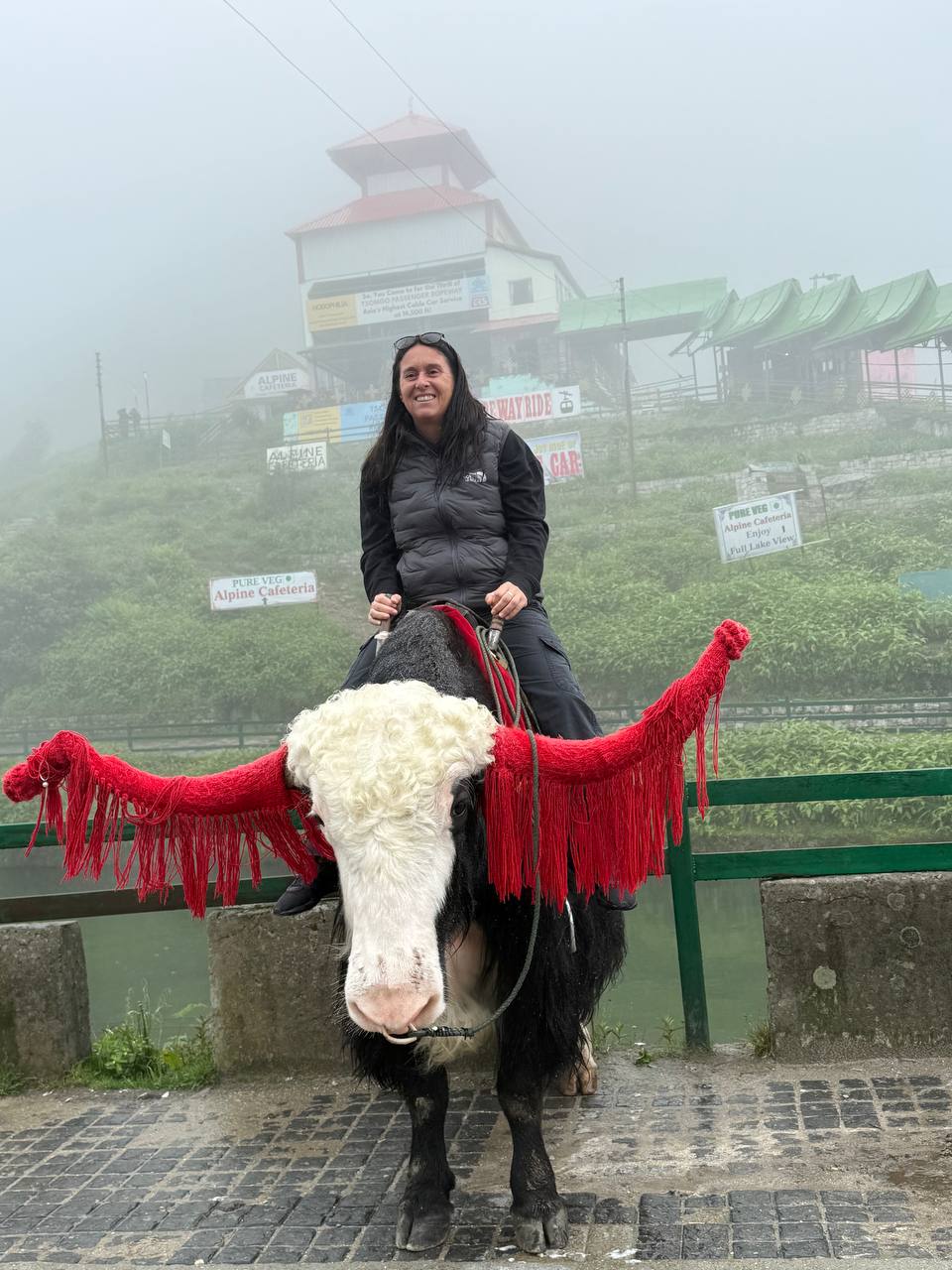

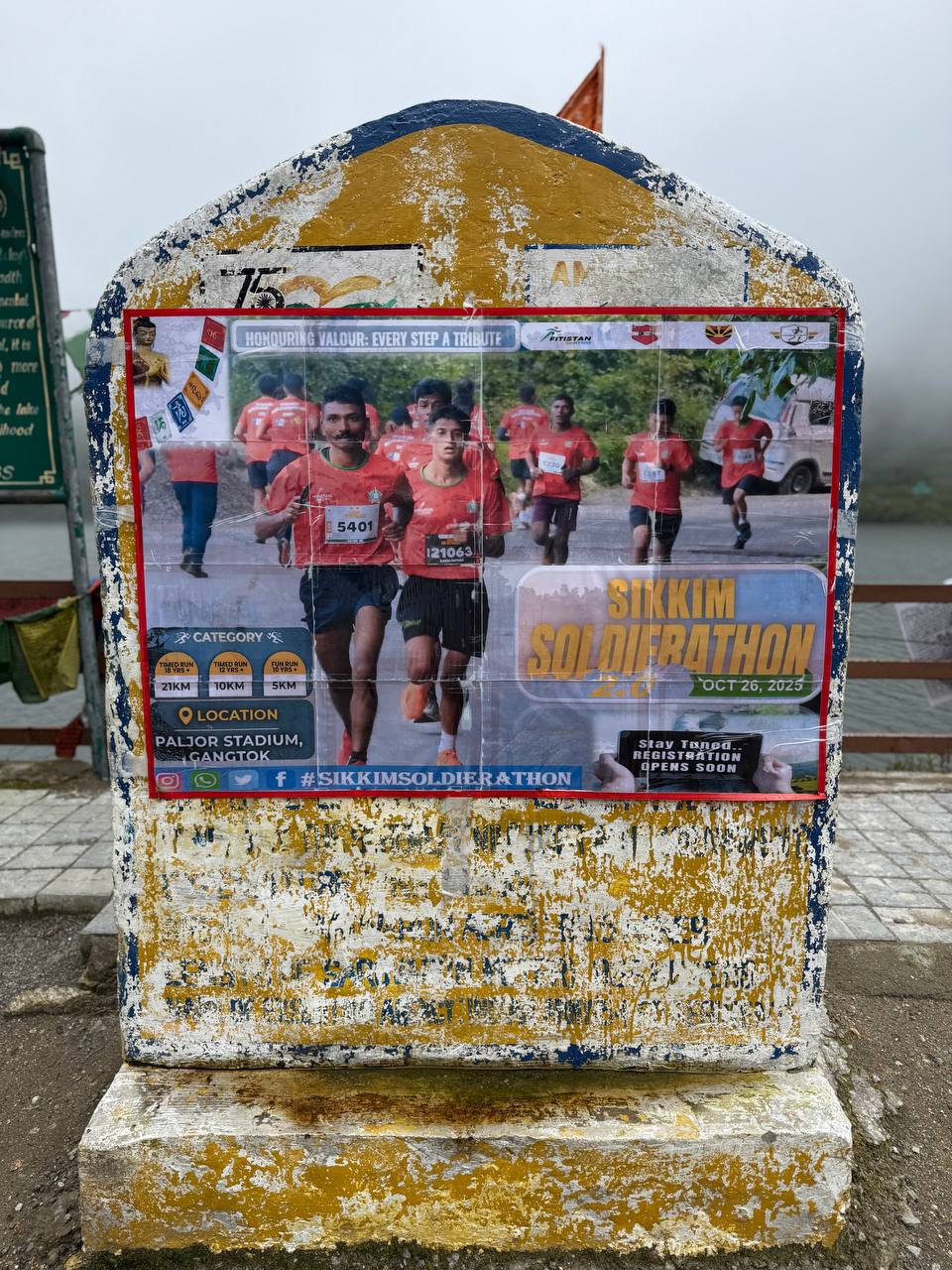

When to go to Lake Tsomgo
Lake Tsomgo is accessible most of the year, but the weather plays a huge role in how and when you should go. The lake is frozen solid from December through early March, turning into a full-blown winter landscape. During this time, roads may close with little or no notice and snow chains become essential. It looks amazing, but expect biting cold and lots of delays.
Spring and early summer (April to June) are the most popular times to visit. The lake thaws, the roads are passable and the skies are often clear enough for great views. July to September is the monsoon season, which means landslides, poor visibility and a general “don’t bother” recommendation. Post-monsoon (October to November) is also great, with clearer skies and cold, dry weather.
Despite all this, it’s never actually crowded. Sikkim is not on the international tourist map in any real way. Indians make up nearly all the visitors. And there are strict travel rules here too. Chinese, Taiwan, Hong Kong and Macao passport holders cannot enter Sikkim at all. Anyone born in these regions is also banned regardless of current nationality. Independent travel isn’t possible either. You need to be part of a registered tour and apply for an Inner Line Permit (ILP), which of course YPT arrange.
And then there’s the clouds. You’re literally in them. This means the view might be absolute shit, or you might see everything. You won’t know until you’re up there. That’s mountain travel for you.
Eating and drinking at Lake Tsomgo
I personally loved eating up here as it gave me a very Tibet, Nepal and even Bhutan feel. Essentially just before you get to the top there are a number of restaurants offering “fast food”. We went for Lucky 7 which served awesome chili momo, and even yak butter and masala tea. They also sold hats, of which I purchased two.
There are also a few restaurants at the very top by the lake, although these are a bit of a tourist trap. They do though have toilets, tea and like everything else a true Himalayan vibe.
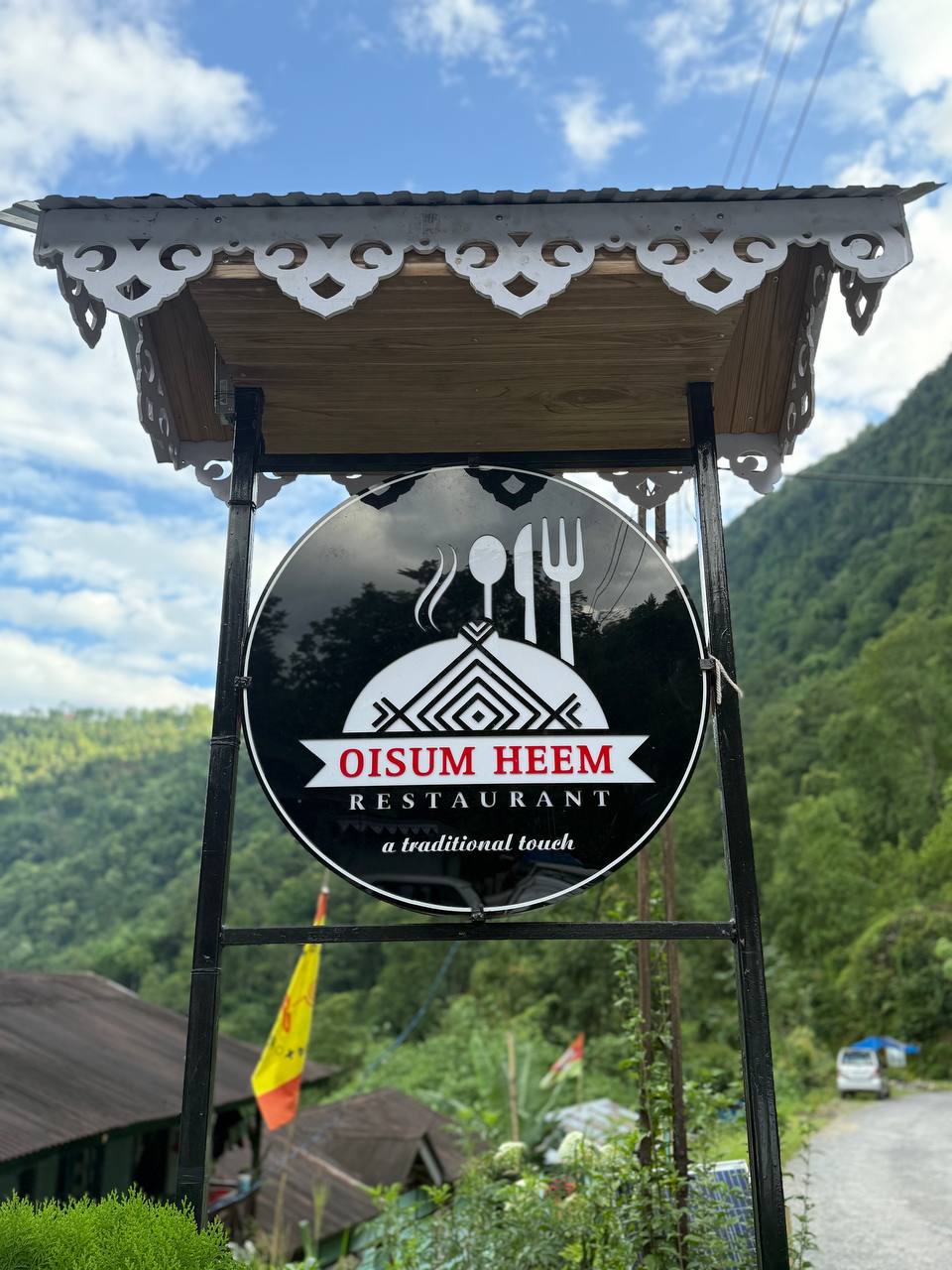

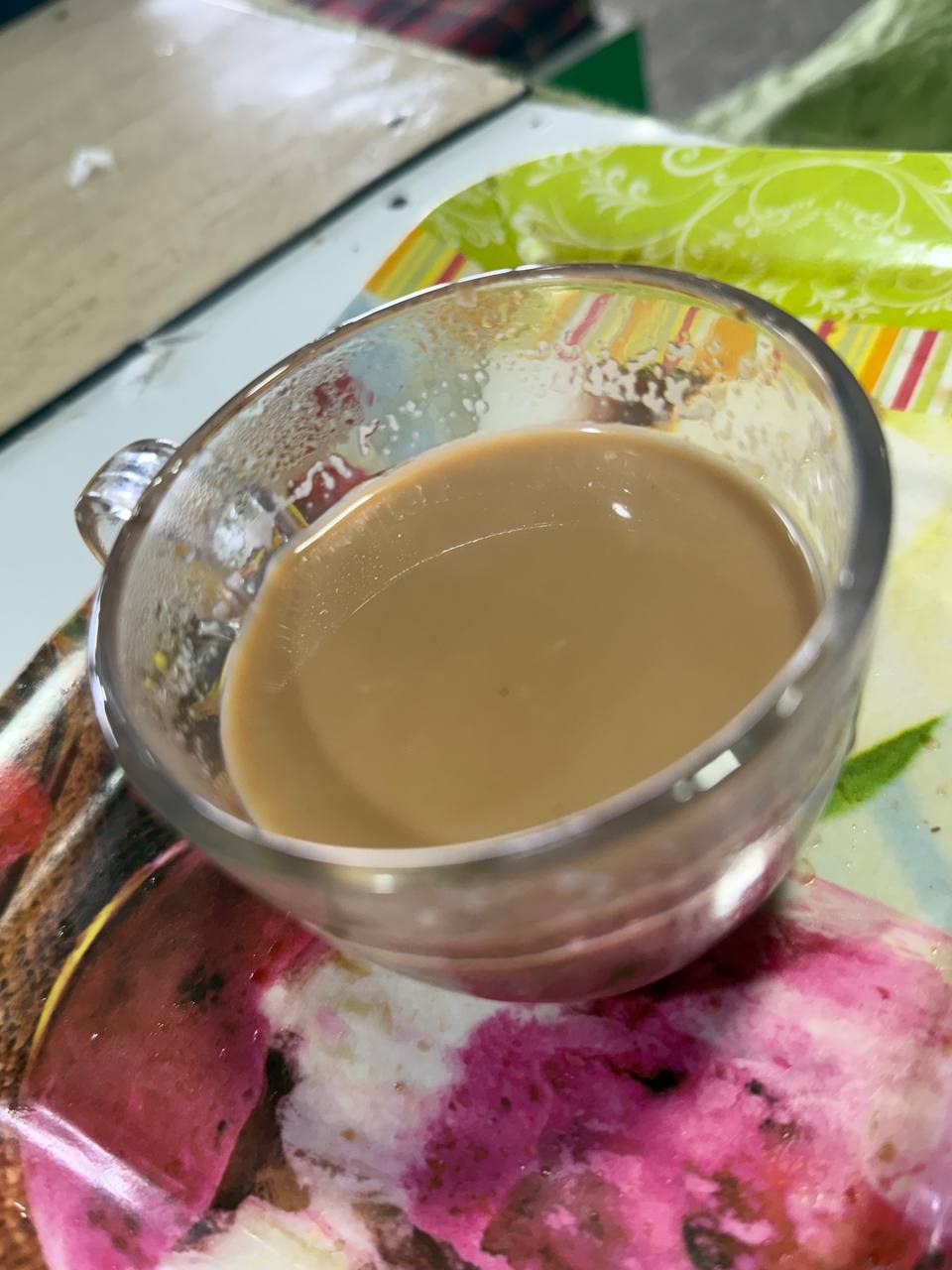



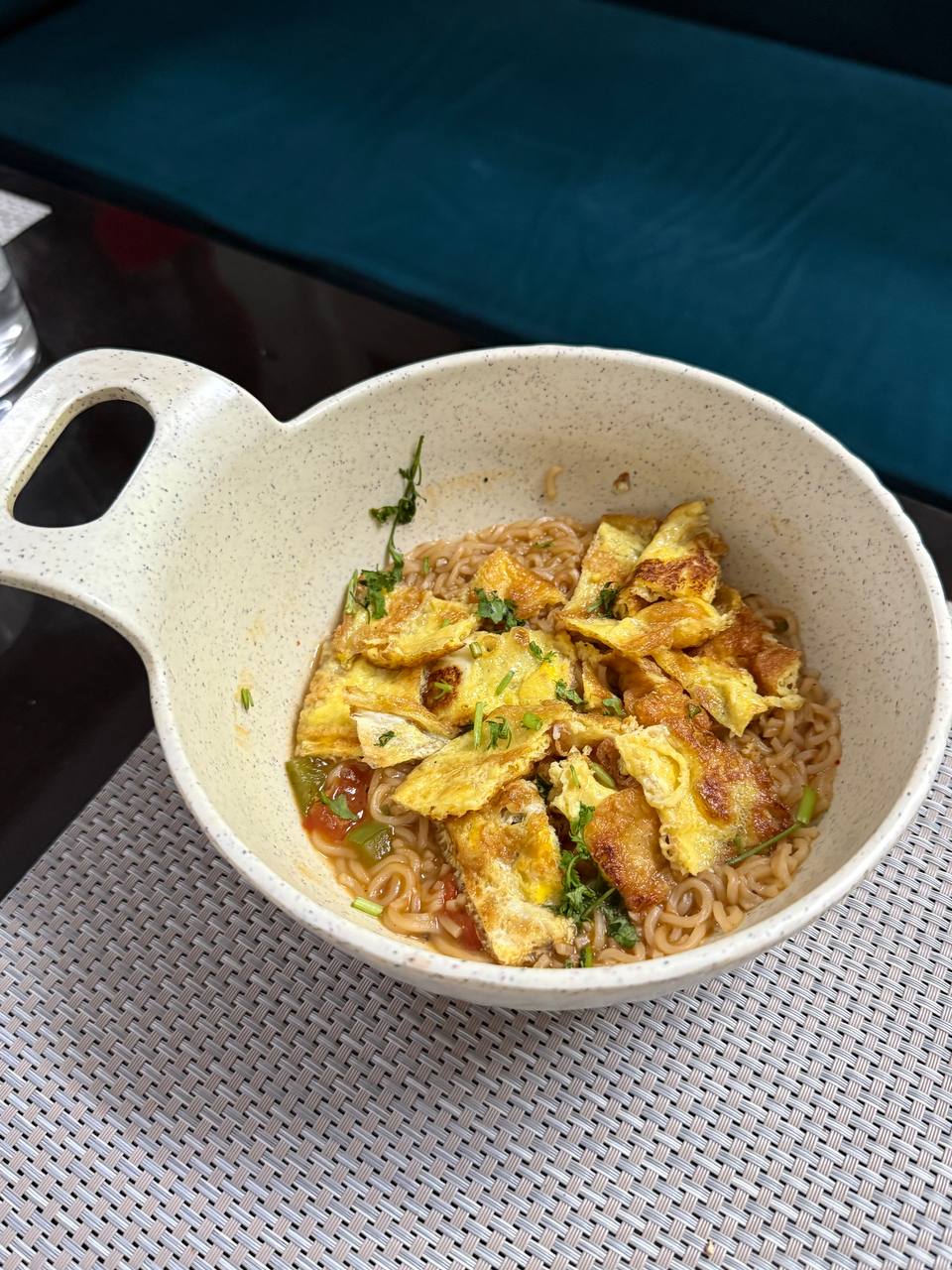

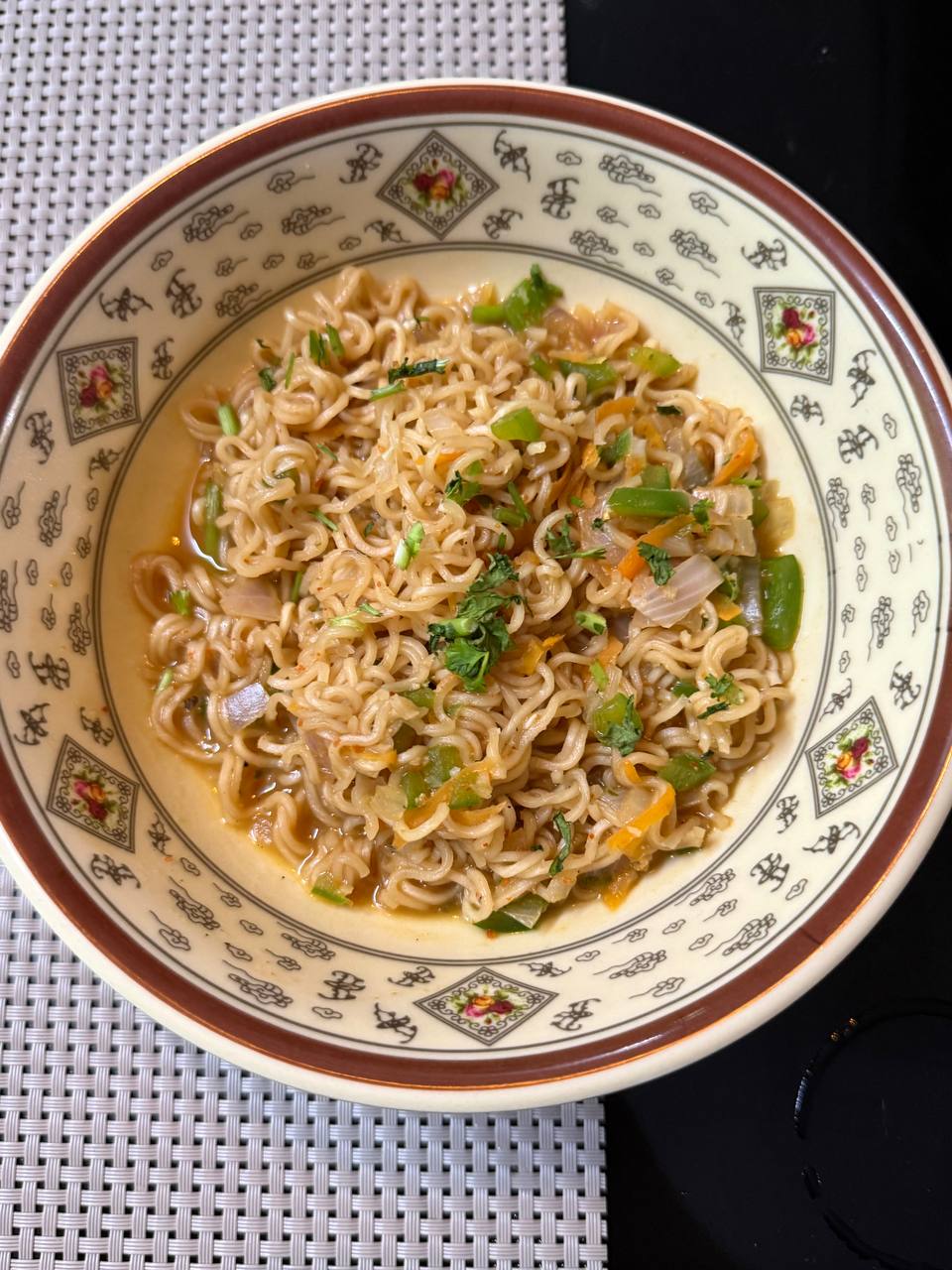

Conclusion
I have been to a lot of Himalayas, much as YPT in general has, which of course has included some pretty high lakes. Lake Tsomgo really is special in its own way, again to such an extent that it is a highlight of Sikkim.
Should it be on your bucket list? We certainly think so, and indeed are very much planning to be back in a big way.
Click to check our sample Sikkim Tour – main page coming soon.



